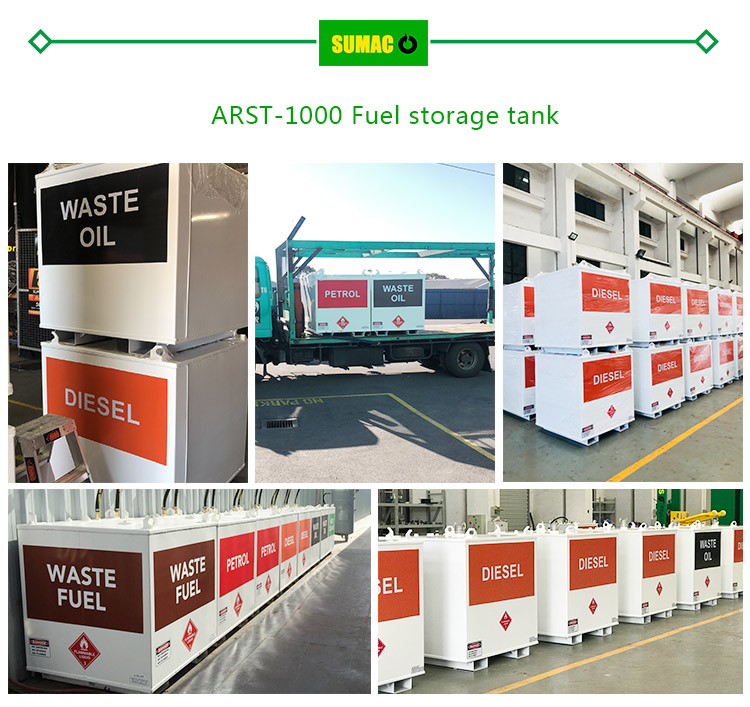How to achieve earthquake-resistant design of Steel Diesel Fuel Storage Tank
2025-05-10
Leave a message
To achieve seismic design for Steel Diesel Fuel Storage Tanks, several key aspects need to be considered and implemented.
Firstly, the foundation design is crucial. A robust and properly engineered foundation can effectively transfer the seismic forces from the tank to the ground. Deep pile foundations are often preferred as they can penetrate through soft soil layers and reach more stable soil or rock formations. These piles are designed to have sufficient load - bearing capacity and lateral resistance to withstand the shaking during an earthquake. Additionally, a flexible foundation mat can be used to distribute the forces evenly and reduce differential settlement of the tank.
Secondly, the structural design of the tank itself plays a significant role. Reinforcing the tank walls and bottom is essential. Using thicker steel plates in critical areas, such as the lower part of the tank wall where the stress is concentrated during seismic events, can enhance its strength. Welded seams should be of high quality and properly inspected to ensure they can withstand the dynamic forces. Moreover, the use of circumferential and longitudinal stiffeners can increase the rigidity of the tank, preventing buckling and deformation.
Thirdly, the connection design between the tank and its accessories, such as pipes, valves, and gauges, is vital. Flexible connections, like bellows or hoses, can be installed to allow for relative movement between the tank and the pipes during an earthquake. This helps prevent damage to the pipes and reduces the risk of fuel leakage. Additionally, proper bracing and anchoring of these accessories are necessary to keep them in place and avoid them becoming projectiles during seismic shaking.
Finally, conducting seismic analysis and simulations is an important step. Advanced computer - aided design (CAD) software can be used to model the tank's behavior under different seismic conditions. By analyzing factors such as stress distribution, displacement, and vibration modes, engineers can optimize the design and make necessary adjustments to ensure the tank meets the seismic - resistance requirements. Regular inspections and maintenance after installation are also required to ensure the long - term effectiveness of the seismic design.


